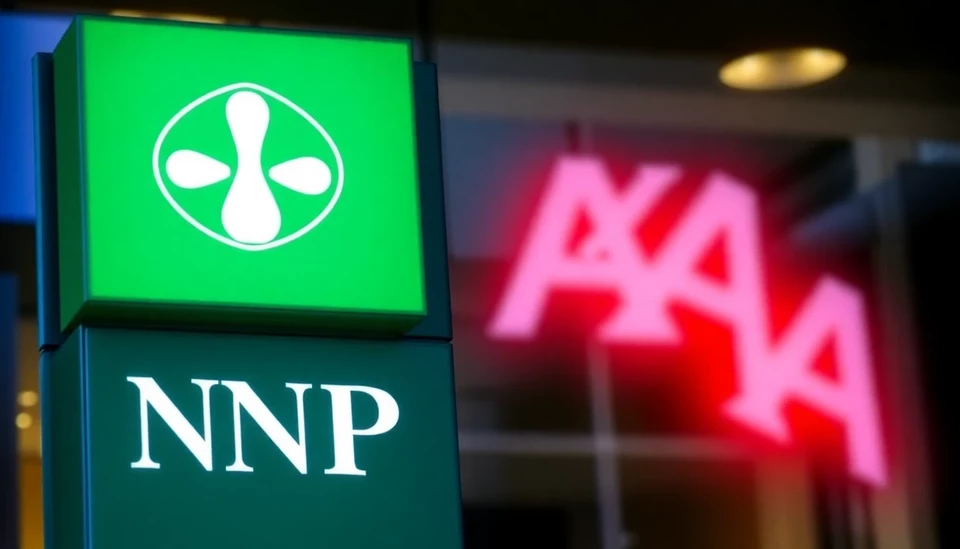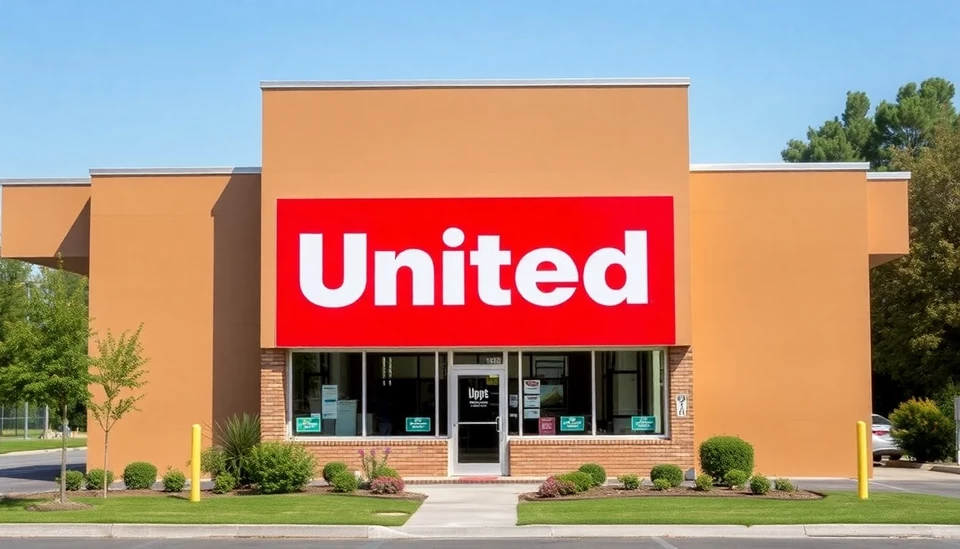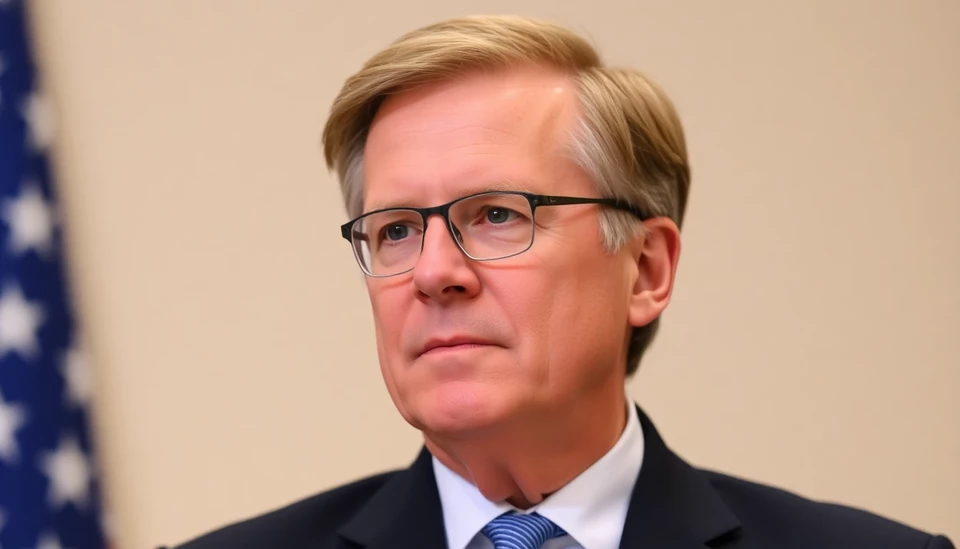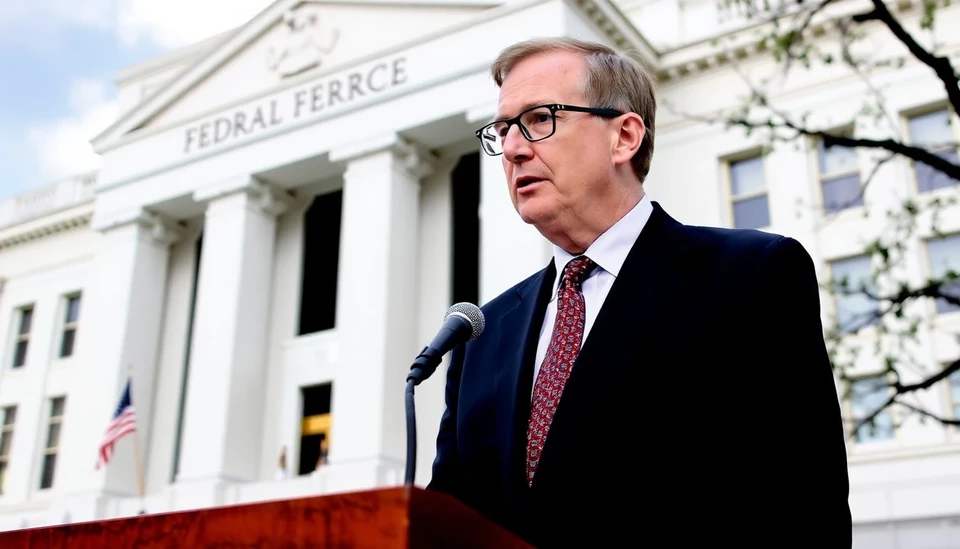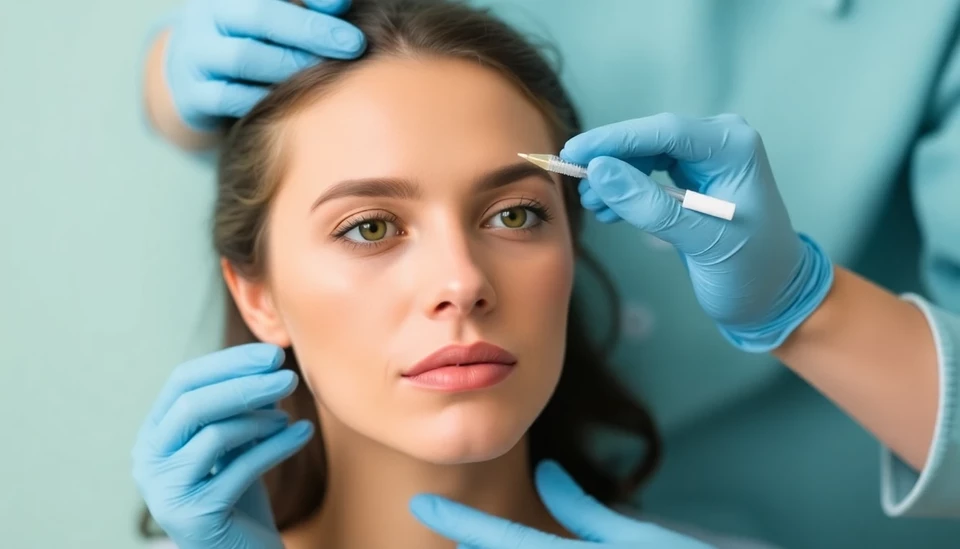
Users of Botox, the acclaimed cosmetic treatment known for smoothing out wrinkles, may soon find themselves facing increased costs as Ireland considers implementing new tariffs. These tariffs are being contemplated as part of a broader trade strategy, and experts suggest that this move could directly impact both the price and availability of Botox in the region.
The proposed tariffs stem from a significant debate surrounding trade policies and their implications for various industries. Botox, officially known as onabotulinumtoxinA, is widely recognized for its applications not only in beauty treatments but also for various medical conditions. With millions of users across Europe, any increase in tariffs could create ripples throughout the cosmetic and healthcare sectors.
According to sources familiar with the matter, if these tariffs are enforced, they could increase the retail prices of Botox by a notable percentage. This would likely lead to financial strain on consumers who rely on the treatment for both aesthetic and medical purposes, as the surging costs could reduce accessibility for many.
Industry analysts are watching the situation closely, concerned about the ripple effects not just on prices but also on market competition. Some local clinics could struggle to maintain their patient base if the price of Botox rises significantly. There is also the potential for increased import costs for competing products, which may alter consumer choices in a highly competitive market.
Moreover, the implications of such tariffs extend beyond immediate pricing concerns. Health professionals are warning that if Botox becomes less accessible, patients may turn to unregulated sources or alternative treatments that could be less safe. The potential shift in consumer behavior raises serious concerns regarding public health and safety.
Trade discussions and negotiations are ongoing, and stakeholders from various sectors are voicing their opinions on the matter. Advocates for the tariff argue that these measures could protect local industries, while opponents point out the potential downsides for consumers and providers alike. The outcome of these discussions could shape the future landscape of cosmetic treatments in Ireland.
As the debate continues, consumers are encouraged to stay informed about the potential changes and consider their options. Those reliant on Botox may need to prepare for budget adjustments or search for alternative solutions as the issue unfolds.
In conclusion, the potential implementation of tariffs on Botox in Ireland raises numerous questions about pricing and accessibility for users. As discussions progress, it remains essential to monitor the situation closely to understand its full implications.
#Botox #Ireland #Tariffs #CosmeticTreatments #PublicHealth #ConsumerAlert
Author: Victoria Adams
